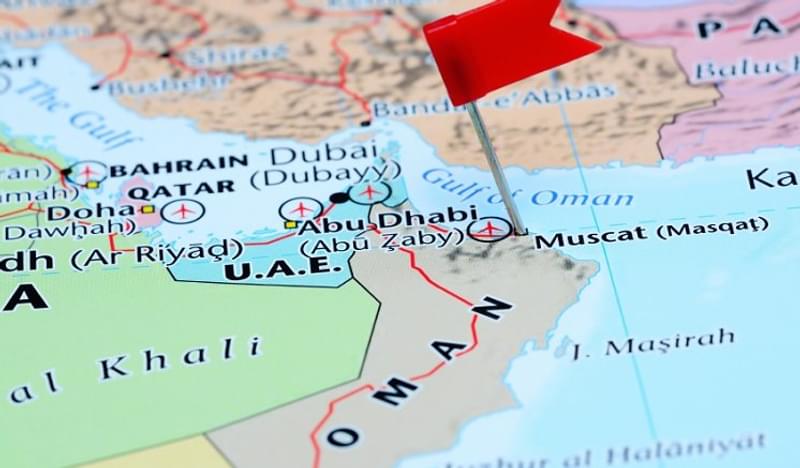A number of Omani entities are currently in the loan markets. Oman Oil Company Exploration & Production (OOCEP) has mandated SMBC on a loan that could be up to US$1bn in size, sources told Reuters.
In addition, Reuters reported that OOCEP’s parent, Oman Oil Company (OOC) is also looking to extend the maturity of a US$1.85bn revolving credit facility, and that last month the company received a US$700mn project finance loan.
Persistently low oil prices have created profitability issues within the oil sector – Brent Crude is currently trading at US$52.94 per barrel – down from highs of over US$100 per barrel until mid-2014.
This has driven many Omani oil-related companies to tap the markets for additional funding, such as PDO with its US$4bn transaction in June.
“In looking for funding, blue chip corporates usually tap the international markets because it is cheaper for them to do so than to borrow locally,” said Fabio Scacciavillani chief economist at OMAN Investment Fund.
This does not mean that the local market is under pressure though. “The local market is simply not large enough to generate the demand needed for the amounts such corporates look for.”
Despite strained finances due to low oil prices, which is pressuring banking sectors across the GCC, non-performing loans in the Omani banking space are not as much of a concern as elsewhere.
“There has been a pick-up, but it has not been enough to cause alarm. The build-up of NPLs is a medium term phenomenon and is out of sync with the general economic conditions present in the country,” Scacciavillani said, adding that the banking sector in Oman has always been managed very prudently.
NPLs in Oman currently stand at OMR347mn, or 1.8% of total gross loans.
“In terms of Tier 1 capital, banks are all above double digits and the build-up of NPLs in the Omani banking sector is still within manageable limits.”
However, concerns do still exist. Scacciavillani noted that the only vulnerability of the banking sector comes from the fact that by regulation, Omani banks cannot often lend outside of Oman.
“95% of these banks’ exposure has to be within Oman. This rule was designed as non-Omani exposure was seen as riskier. This is now however concentrating risk – it would be better to allow more geographical diversification.”
The banking sector could also face pressures going forward due to increased borrowing from the sector by the government – which has been trying to finance its deficit over the last 3 years.
“This has changed the composition of the banking sector and has led to a crowding out of the private sector,” he stated.









